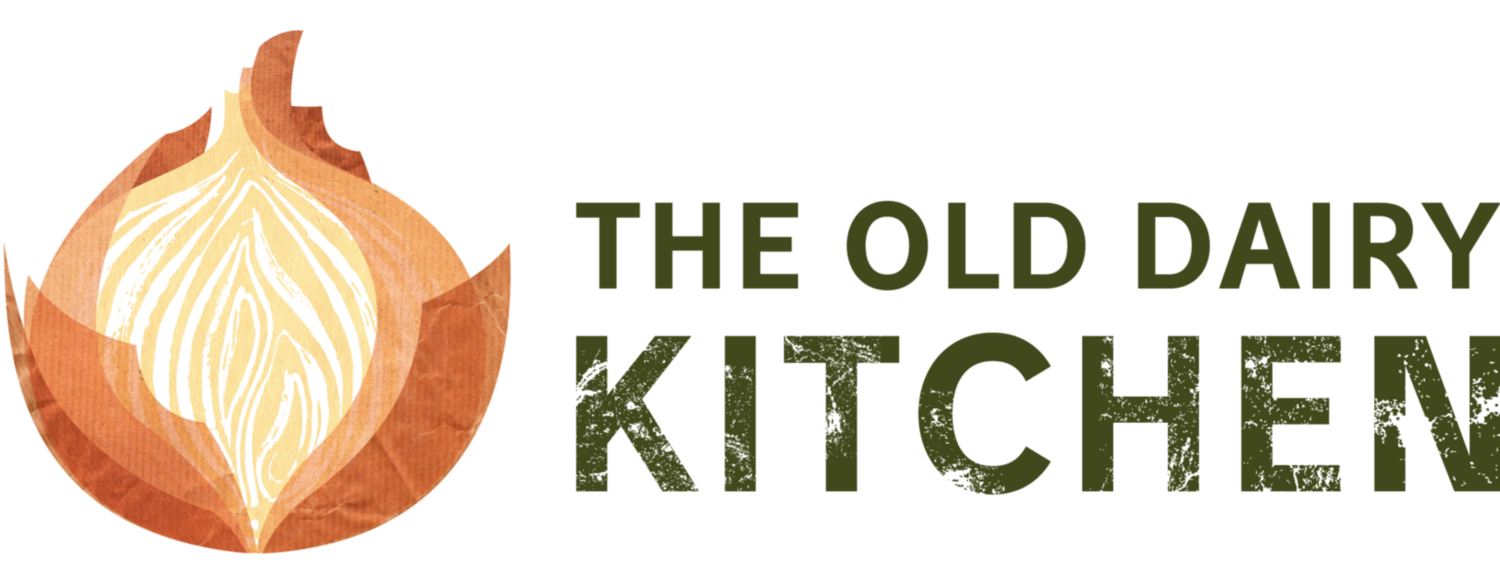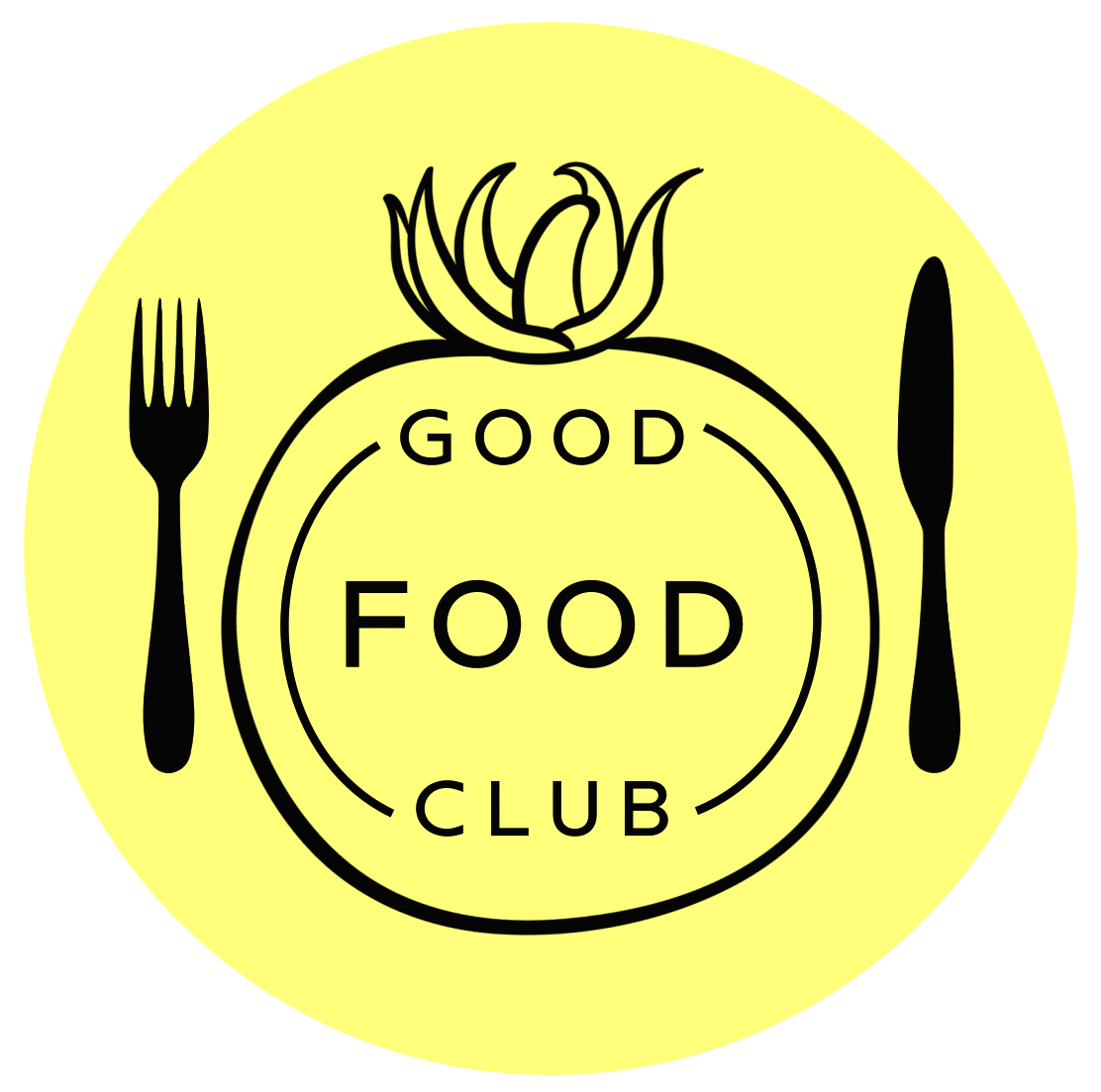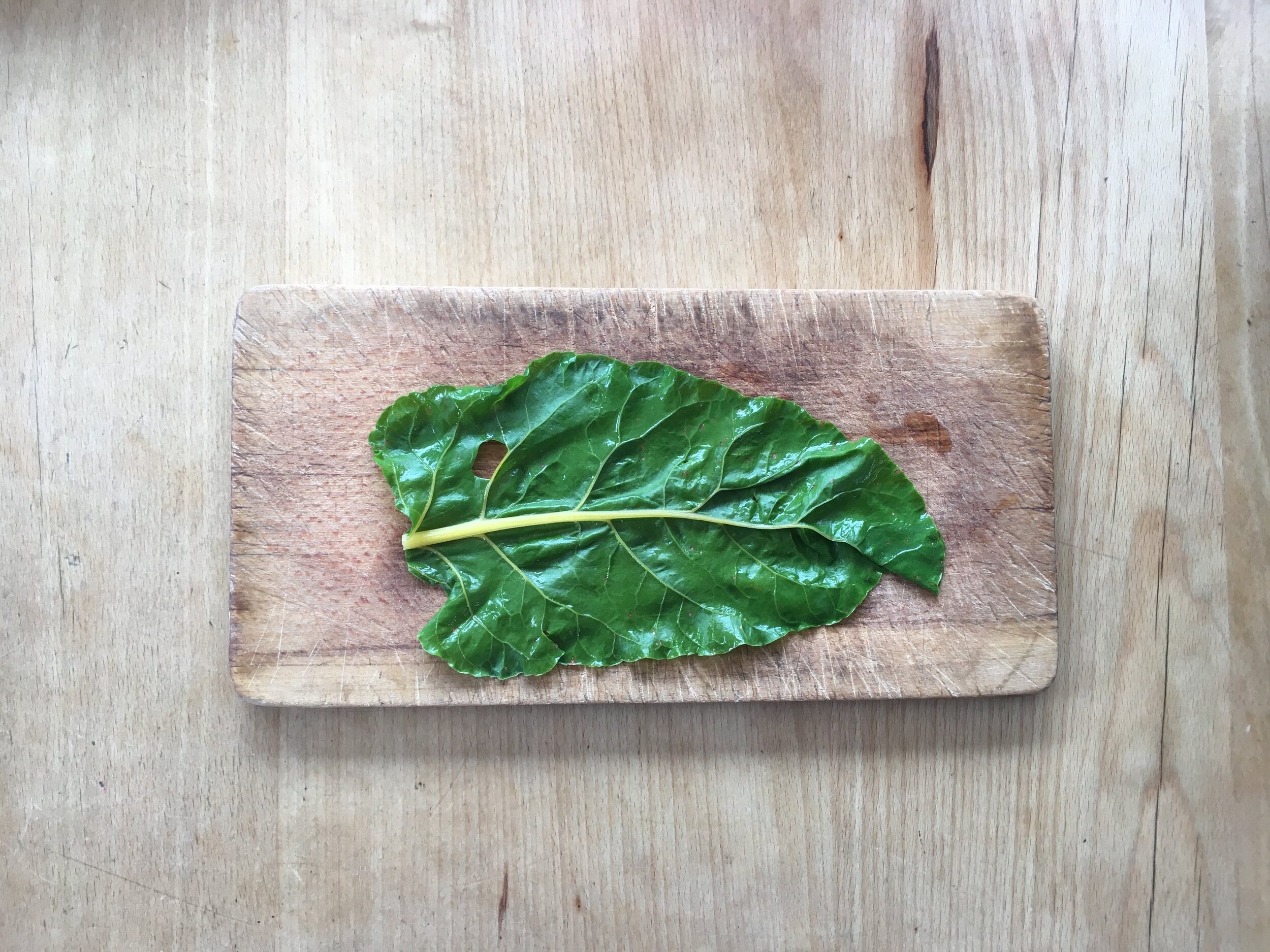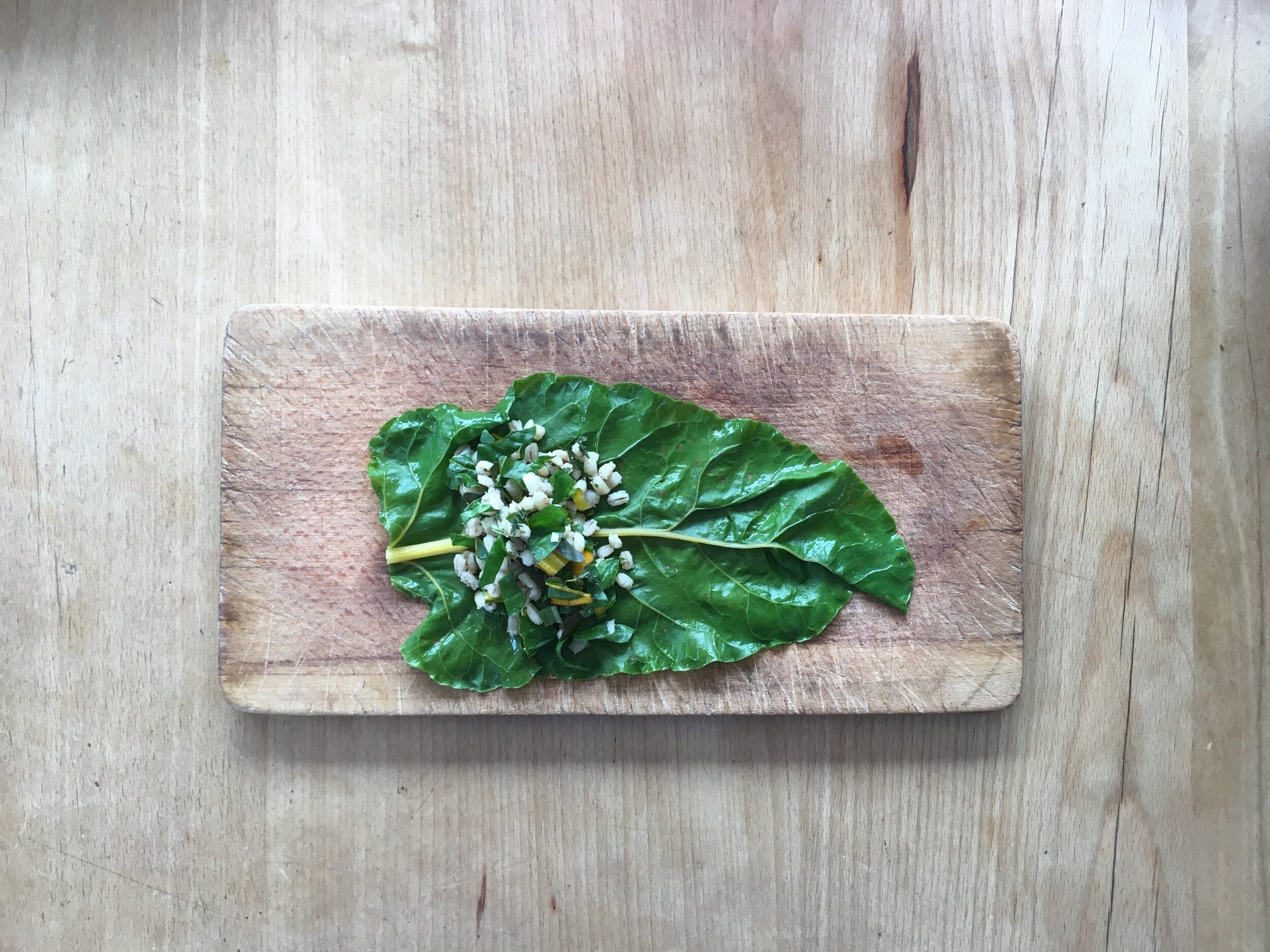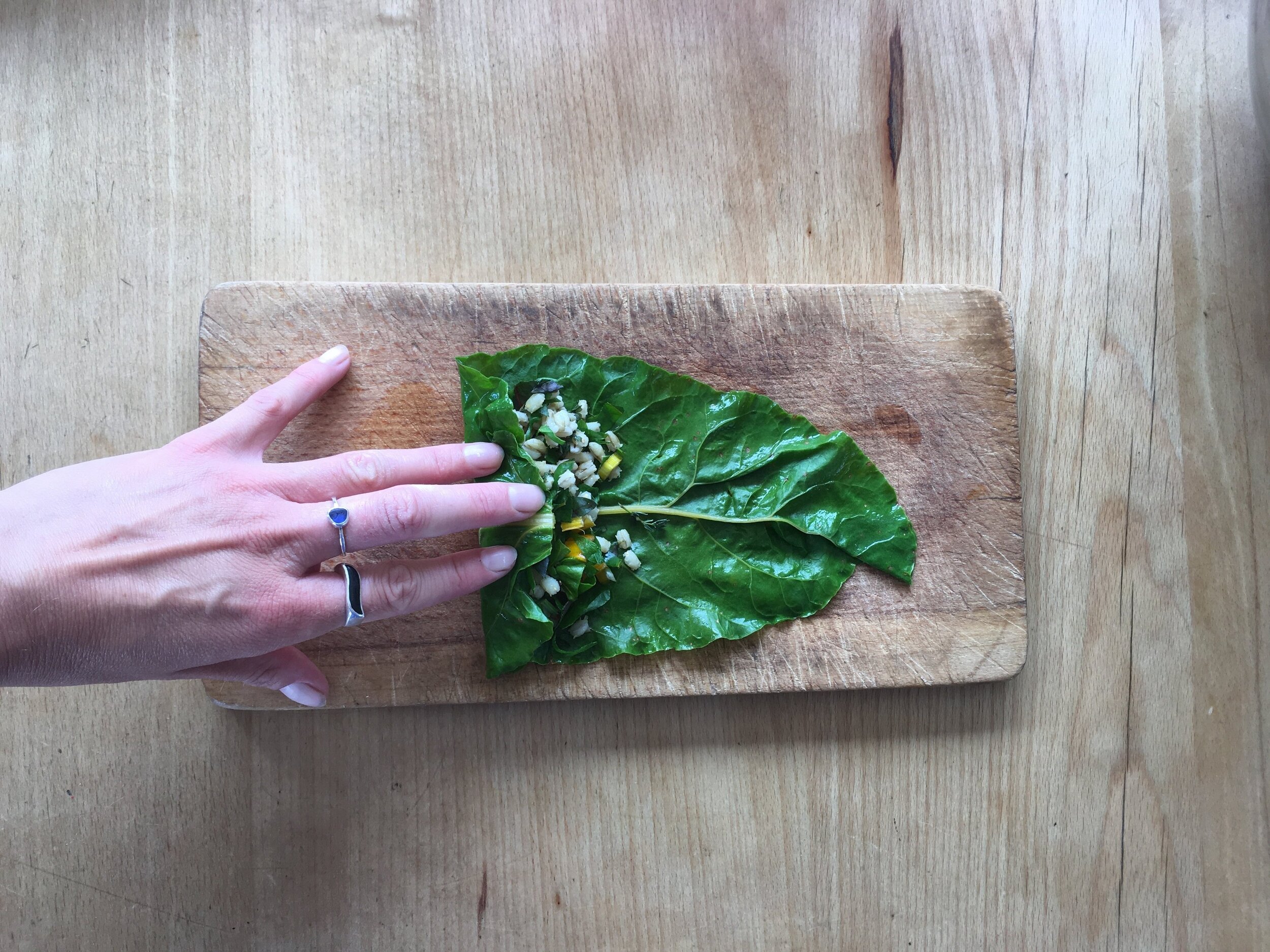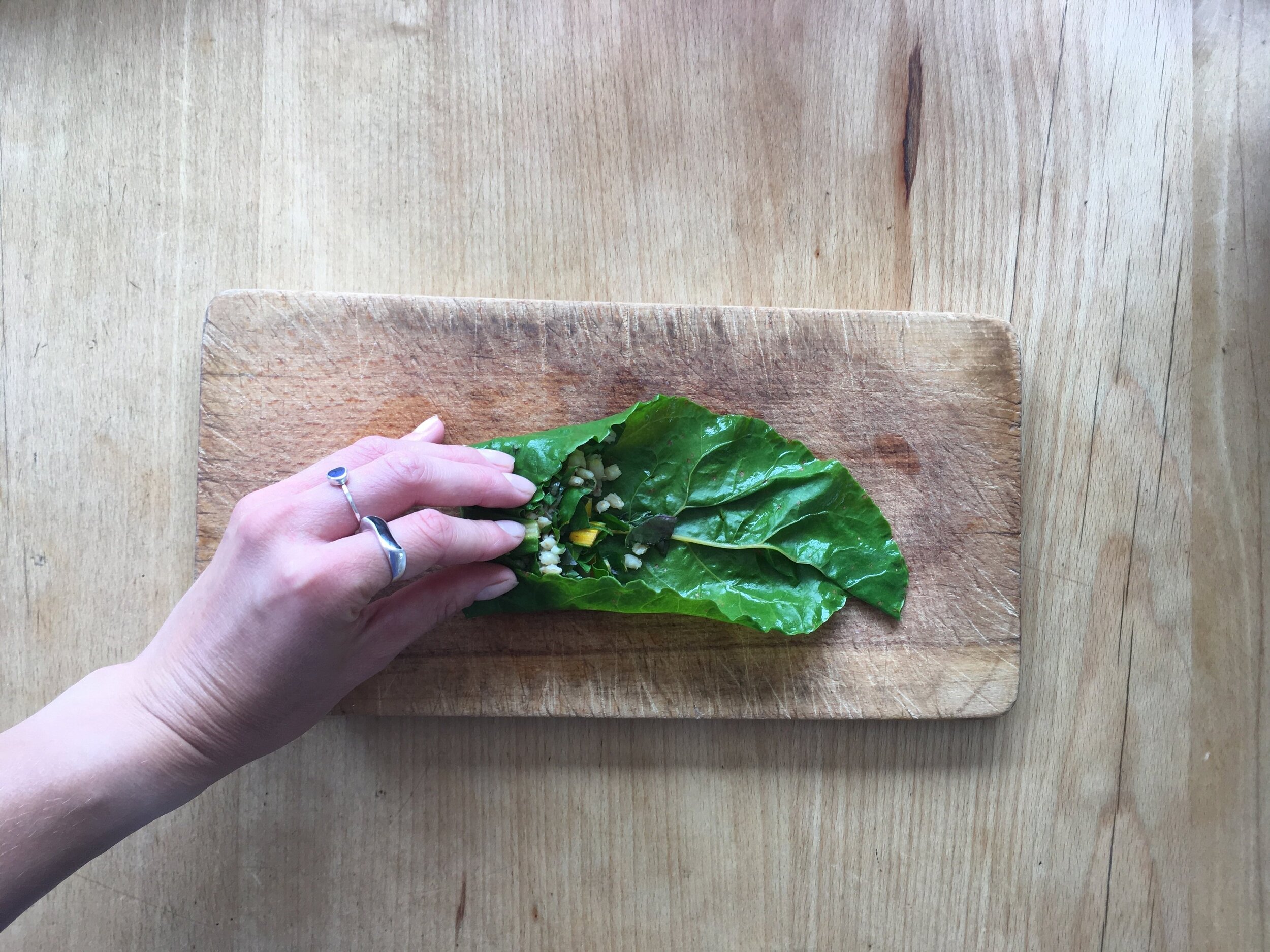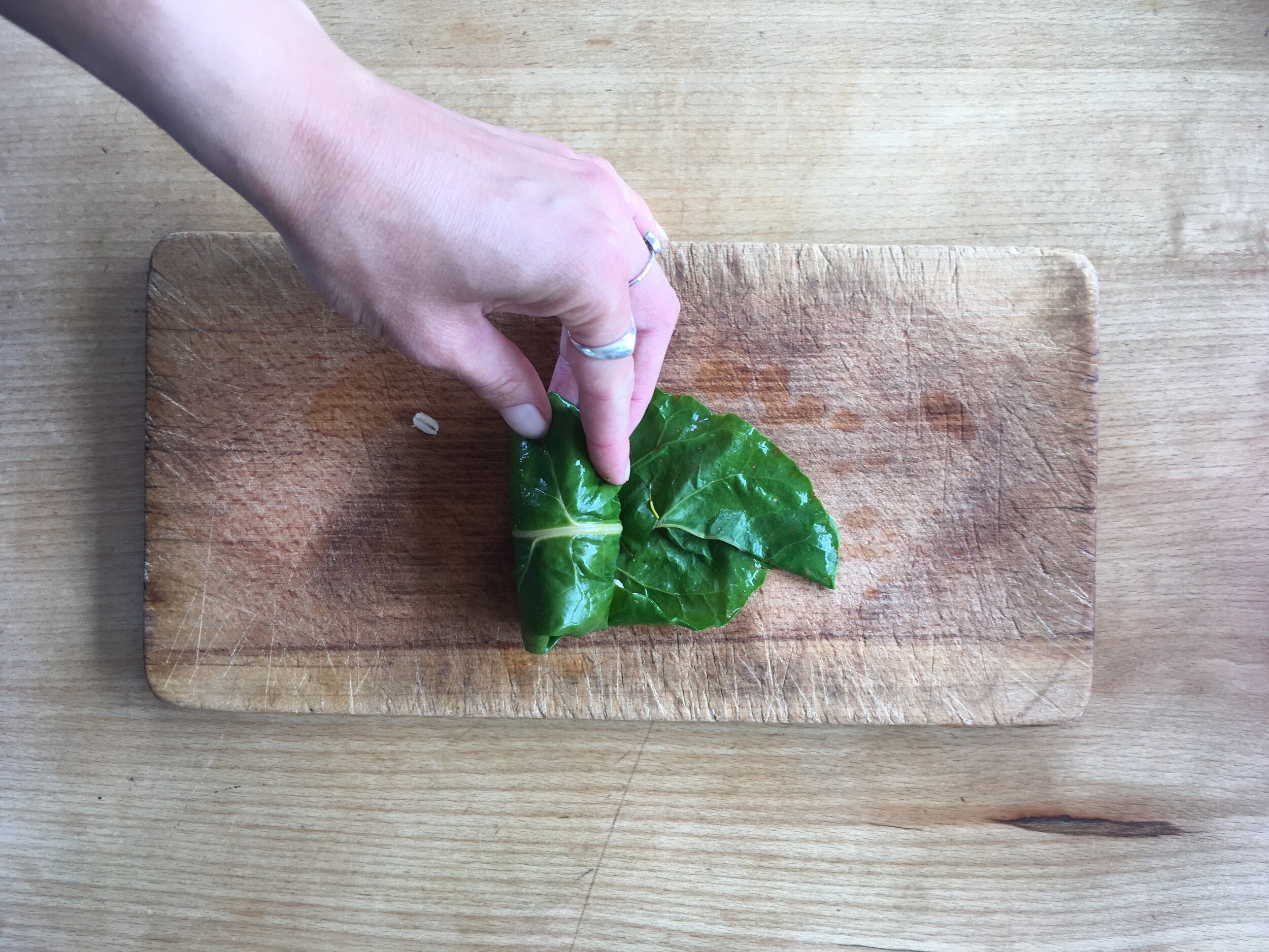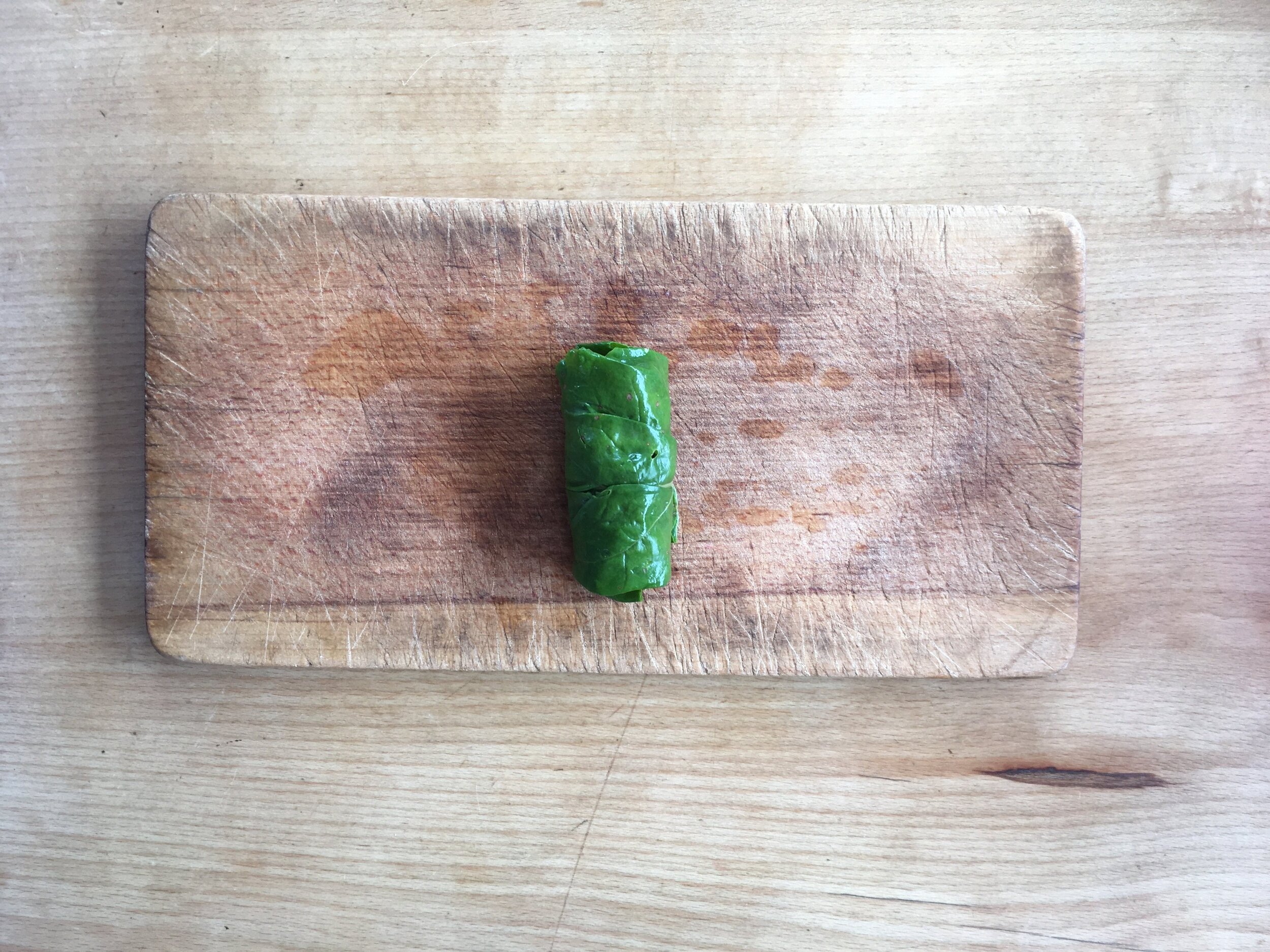We all realise that it’s important that we eat less meat and more vegetables; a plant-based diet is certainly less impactful on the planet if we live in an area where good quality, well farmed veg is accessible. In this part of the country we also have a wonderful, healthy alternative to farmed meat; game. Some hunting is of course questionable but wild game, when managed properly, can provide us with seasonal food whilst helping to maintain balanced ecosystems within the local landscape.
This winter warmer can be made from a selection of game meat, so feel free to experiment if making again! We’re using our ROUGH PUFF PASTRY recipe, a favourite pie topping pastry.
Serves 6
200g diced venison, shoulder or belly
350g diced mixed game (e.g. pheasant, partridge, boar, rabbit)
2 large onions, peeled and diced
100g smoked bacon, diced
10 wild or chestnut mushrooms, sliced
1 tbsp redcurrant jelly
1 tbsp plain flour
2 springs thyme
2 bay leaves
200ml red wine
1 tbsp Worcestershire sauce
300ml game or chicken stock
ROUGH PUFF PASTRY rolled to 1 cm thickness and cut to cover pie dish with 2.5cm overhang
1 egg
2 tbsp sunflower oil
salt and pepper
To make the filling, in a heavy based pot heat the sunflower oil and fry off the meat in batches until golden brown, then remove from the pan and keep to one side.
Add the onions and bacon to the pan and fry gently for 10 minutes. Now add the mushrooms and fry for a further 5 minutes. Return the meat to the pot and add the flour. Cook for 2 minutes, stirring well.
Now add the red wine and increase the heat until the wine begins boiling, keep it boiling until it has reduce by two thirds, then add the stock, herbs, Worcestershire sauce and redcurrant jelly. Turn down the heat so that there is just a gentle simmer in the pan.
Cook the game stew until just tender, around 1-1.5 hours. Correct the seasoning with salt and pepper and allow to cool a little. At this stage, you can eat the filling as a stew; the mixture will keep for 5 days in the fridge and freeze well for another meal.
To make our pie, transfer the game stew into your pie dish, lightly whisk an egg and add a pinch of salt, brush a 2cm wide layer around the pastry edge and then flip the pastry over and onto the pie dish; this egg will act as a glue. Seal the pie with your fingers. Now brush the top of the pie with the remaining egg wash and bake at 180C for 30 minutes, or until the pastry is crisp and golden brown.
This recipe is shared as part of the Good Food Club. We are very grateful for funding from The National Lottery Community Fund, distributed by the Landworkers’ Alliance, which has allowed us to offer a pilot of the Good Food Club this year. Thanks to National Lottery players for making this possible.
